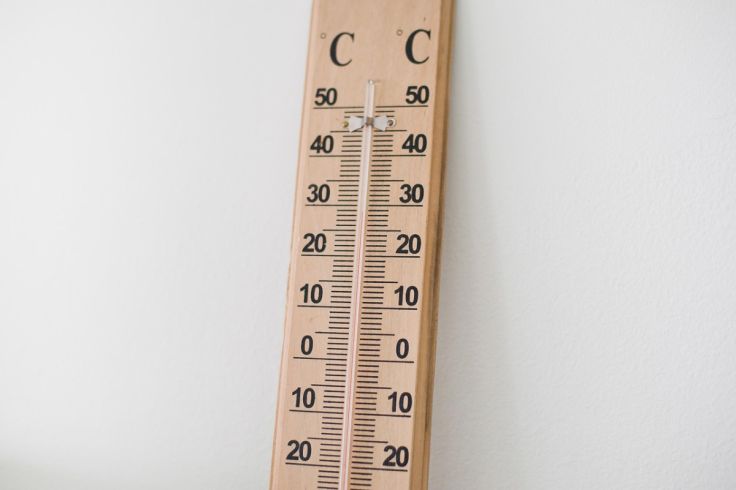
A scorching heat wave is gripping the United States, affecting over 200 million people from the Central Plains to the Northeast with dangerously high temperatures and humidity recorded on 20 June 2025.
Beyond sweltering conditions, the extreme heat is raising the risk of natural disasters, including wildfires and thunderstorms, while potentially exacerbating geological issues.
Map the Heat Wave's Reach
A 'significant and extremely dangerous' heat wave is sweeping across the US, with temperatures soaring into the mid-90s to low-100s, per The New York Times.
Starting Friday, the Central Plains and Upper Midwest, from Texas to Minnesota, will bake, with the heat reaching the East Coast by Saturday, impacting cities like Denver, Chicago, and Washington, DC.
By Monday, the Northeast could surpass the Southeast in heat, with heat indexes hitting 110 degrees in the Mid-Atlantic, per CNN.
X posts, like @BenNollWeather's on 17 June 2025, warn of record-breaking highs, noting the heat's early onset before summer acclimatisation.
Identify Potential Natural Disasters
Beyond oppressive heat, the heat dome, a high-pressure system trapping warm air, heightens disaster risks, per The Washington Post.
Thunderstorms, dubbed 'ridge riders,' may form along the heat dome's edges, bringing heavy rain and flash flooding to parts of the Northeast and Gulf Coast by Sunday.
In the West, extreme heat fuels wildfire risks, with red flag warnings issued for Colorado and Utah due to low humidity and gusty winds, per Fox Weather.
Heat-related deaths, averaging 800 annually in the US, are a growing concern, especially for vulnerable groups, per The New York Times.
X user @SpireWxClimate on 20 June 2025 highlights the strain on power grids, raising blackout risks.
Examine Geological Impacts
Extreme heat can trigger geological effects, amplifying environmental stress. Prolonged high temperatures dry out soil, leading to ground subsidence and cracking, particularly in clay-rich regions like the Midwest, per The Weather Channel.
This desiccation can destabilise foundations and infrastructure, causing roads to buckle and pipelines to shift.
In urban areas, the urban heat island effect, where concrete retains heat, exacerbates soil dehydration, increasing risks of minor seismic activity in fault-prone zones, per Scientific American.
Thermal expansion of rock in arid Western states can also weaken slopes, raising landslide risks during subsequent storms, a concern given the heat wave's thunderstorm potential.
Safeguard Communities Now
This heat wave, with its triple-digit heat indexes and disaster risks, demands urgent action. The National Weather Service urges staying hydrated, avoiding sun exposure, and checking on vulnerable neighbours.
Cities must prepare for power surges and wildfire threats, while infrastructure managers should monitor geological shifts.
As climate change intensifies heat events, long-term solutions like green urban planning, enhanced cooling centres, early warning systems, and robust disaster preparedness are critical to protect 200 million Americans from sweltering temperatures, wildfires, floods, and power outages.
Investing in resilient infrastructure, community education, and renewable energy can mitigate geological risks like soil subsidence and ensure safety.
Local governments must prioritise vulnerable populations, fostering adaptive strategies to combat escalating environmental challenges and build sustainable, heat-resilient communities.







